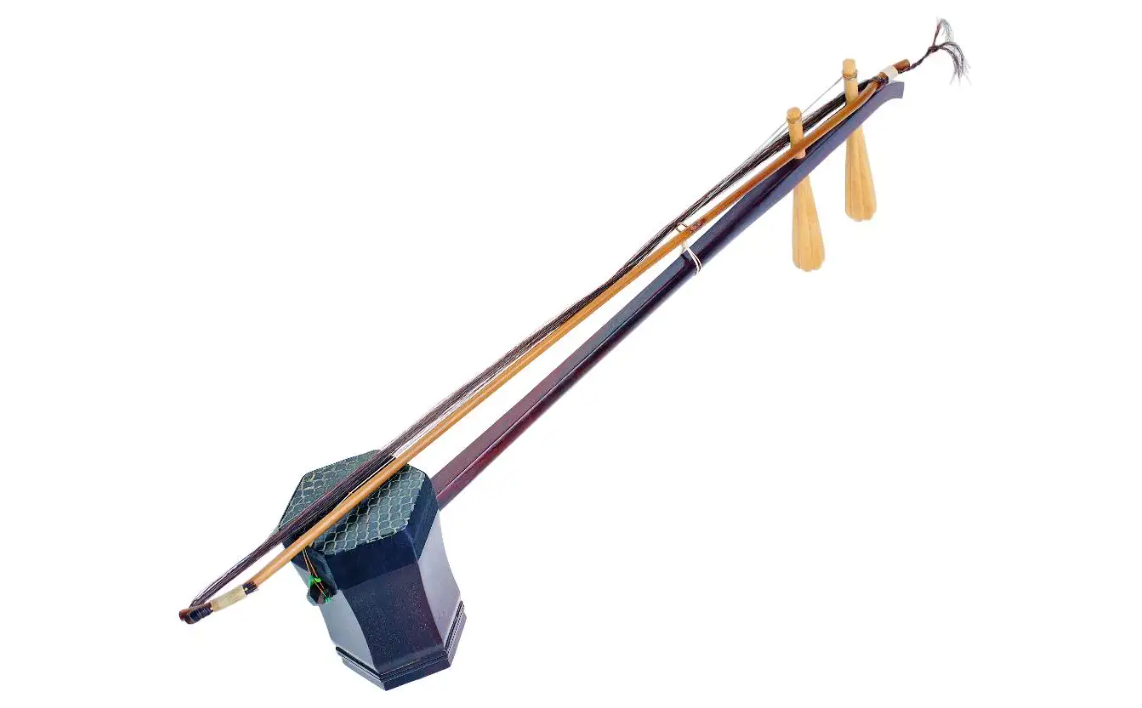The flower talk scam in the high-end erhu market
There is a gang of swindlers in the Wenwan market: the boss pretends to buy antiques and jade at the street stall, and the second and third pretend to be jade sellers and sell the "ancient jade" they carry to the boss at a high price to attract attention. A tourist came to watch, the boss left first because he didn't have enough money to withdraw money. At this time, the second and third told the tourist that they were in a hurry and were willing to sell it to the tourist at a low price. If you are willing to accept it, but you don’t know much about it, you will often agree immediately, and then think that you have taken advantage of it, but in fact you have been fooled!
Assuming that I am a lover of antiques and jades, on the premise that the source of the goods is unreliable, I will definitely find a credible person for identification, preferably in a specialized agency. If the other party takes counterfeit products, they will never agree. certified by a specialized agency. In addition, those who are unwilling to say more on the grounds of "rushing to sell at a low price" are likely to be liars, or the source of the goods is improper. Friends, you must be vigilant!

As the saying goes, good things don't come cheap, and that's true of any consumer product. If you like something that is "not cheap" and want to buy one for yourself or your relatives and friends, you must understand its source and cost. In order to avoid encountering such a liar in the case who is "literally able to fool", the momentary excitement will outweigh the gain. Take high-end erhu as an example. Now the price of Indian lobular red sandalwood wool is gradually rising. The price of more than one million per ton is no longer available. It costs at least more than 1,000 yuan per catty. Just counting the cost of this wood, if there are still people in the market who shout at the price of several thousand yuan and say that the Indian lobular red sandalwood erhu in their hands is yes, how much credibility is there? Not to mention the kind of Indian lobular red sandalwood erhu that costs hundreds of dollars, and a 2cm Indian lobular red sandalwood bracelet costs 2,000!
High-grade erhu should have the conditions of fine selection of materials, fine craftsmanship, pure sound quality, beautiful tone, high volume, high sensitivity and good balance. In terms of external quality, mahogany or red sandalwood with straight texture, uniform color and no scars should be used, and the python skin should be uniform, bright, bright in color and tough in leather. When making, the rod body should be smooth, smooth and upright, the edges and corners of the piano barrel are well-proportioned, the appearance is neat and beautiful, the skin is moderately tight, the installation angle is suitable, and the coordination is tight and firm.
In terms of sound, high-end erhu should be pure in sound quality, with clean pronunciation without noise and noise, and the sound should be beautiful, soft, round, bright, and thick and not turbid. The volume should be based on pure sound quality and beautiful timbre, with strong resonance, loud pronunciation, and good transmission effect. The two strings must respond quickly in each sound area, no matter weak or strong, the sensitivity must be high, and it is easy to pull up. The volume between the upper, middle and lower positions is relatively average, and the difference should not be too large.
Every penny is worth the price, and consumers need to measure it themselves.
 渝公网安备 50010702504639号
渝公网安备 50010702504639号